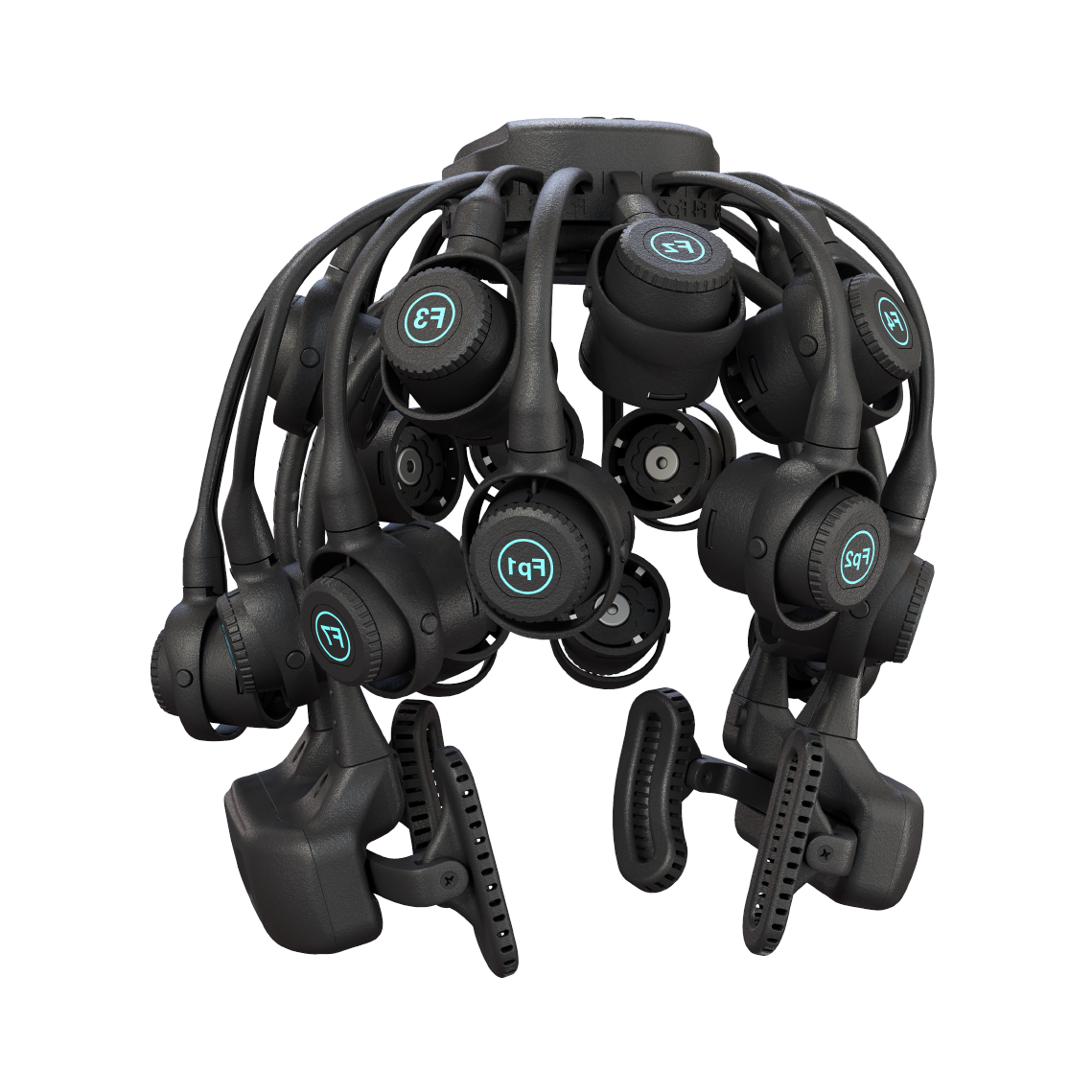Revealing the Secrets of the Brain Through qEEG Cerebral Mapping in Mental Wellness Assessment
Revealing the Secrets of the Brain Through qEEG Cerebral Mapping in Mental Wellness Assessment
Blog Article
Comprehending the human mind is a complex task, especially when it pertains to psychological health. Conventional approaches of assessment frequently rely on conversations and surveys, which can sometimes miss crucial details about how the brain functions. This is where quantitative brainwave analysis, or qEEG, enters into play. qEEG is a specific technique that measures neural signals in the brain. By analyzing these neural patterns, mental health professionals can obtain valuable insights into a individual's psychological condition, helping to improve assessment and treatment.
qEEG works by placing small sensors on the scalp to capture neural signals. These electrodes detect electrical signals produced by nerve cells, the units in the cerebrum that communicate with one another. The information collected is then processed and displayed as a set of patterns. Each kind of brainwave—such as alpha, β, δ, and θ—relates to various mental conditions and functions. For example, alpha waves are commonly associated with relaxation, while β waves are associated to active cognition and issue resolution. By examining these patterns, healthcare providers can identify abnormalities that may indicate psychological health issues.
One of the major benefits of qEEG is its capability to offer objective data. In contrast to conventional evaluations that depend on subjective reports from patients, qEEG offers a clear view of neural function. This clarity can help reduce biases in diagnosis click here for info and result to more precise intervention strategies. For example, if a client is experiencing anxiety, qEEG can show particular patterns of neural activity that are associated with anxiety disorders. This information enables psychological health experts to customize treatments more effectively, whether it be through therapy, medication, or other approaches.
Additionally, qEEG can be particularly useful in monitoring treatment progress. By performing qEEG evaluations at various stages during treatment, healthcare providers can monitor variations in brain activity over time. This ongoing evaluation helps ascertain if a intervention is effective or if adjustments are needed. For instance, if a patient is not responding to a specific treatment, qEEG may show that their neural function has not altered in a manner that suggests progress. This response cycle can result to more customized and efficient mental health treatment.
In summary, qEEG brain mapping is a potent instrument in the domain of psychological health evaluation. By offering unbiased information about neural function, it enhances the comprehension of various psychological health disorders. This method not only assists in precise assessment but also assists in tracking intervention success. As mental health professionals continue to explore the capabilities of qEEG, it holds promise for improving the well-being of people dealing with psychological health issues. With ongoing research and advancements in technology, the mysteries of the mind may turn clearer, resulting to better outcomes for those in need of support.